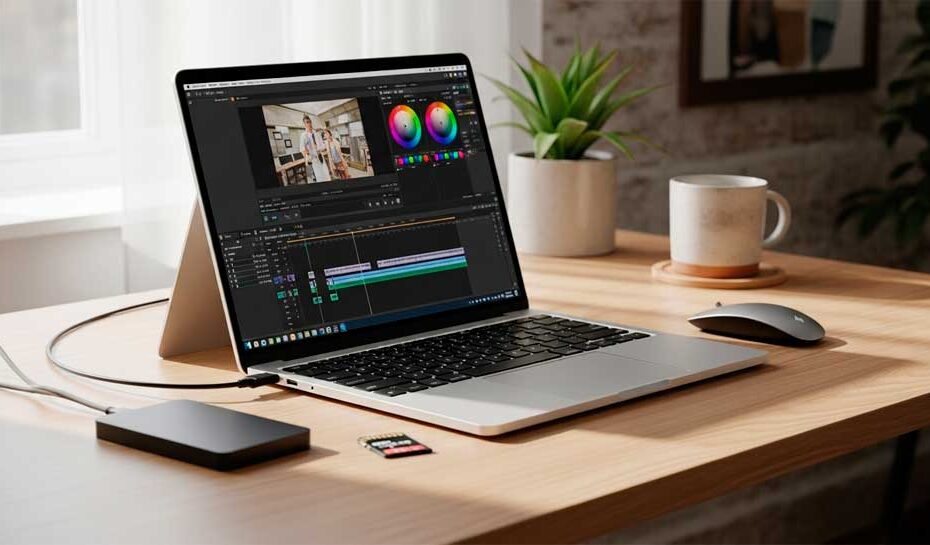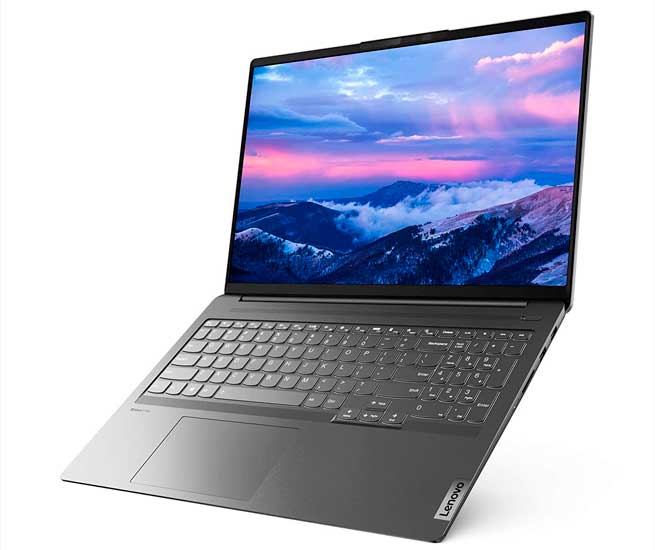In today’s fast-paced digital world, laptops for video editing under 1000 are no longer unicorns—you can absolutely cut 1080p and even do light 4K without burning your budget. This guide focuses on video editing laptops under 1000 that balance performance, portability, and value so students, creators, freelancers, and small businesses can edit confidently on a budget.
What to Expect from Video Editing Laptops Under 1000 (Specs That Matter)
When you’re shopping affordable laptops for video editing, the trick is to spend where it actually moves the needle on timeline smoothness and export times.
Minimum viable specs for smooth 1080p and light 4K
- CPU: Modern 8-core (or hybrid) chips (Intel Core Ultra / i5-13xxxH+, AMD Ryzen 7 7xxxU/H, Apple M-series).
- RAM: 16GB is the floor. I won’t go below 16GB RAM for video editing anymore.
- Storage: 512GB NVMe SSD minimum; 1TB preferred if you can swing it.
- GPU: Either a dedicated GPU (e.g., RTX 3050) or a recent integrated GPU (Intel Arc, Apple M-series, AMD Radeon iGPU).
- Display: At least 15″ FHD or 14″ 2K; aim for good sRGB coverage.
- Ports: USB-C/Thunderbolt or USB4, HDMI, and ideally an SD card reader.
Quick table
| Component | Minimum for 1080p | Recommended for light 4K |
|---|---|---|
| CPU | Intel i5-13xxxH / Ryzen 5/7 7xxx / Apple M-series | Intel Core Ultra / Ryzen 7 7xxx / Apple M-series newer |
| RAM | 16GB | 16–32GB |
| Storage | 512GB NVMe | 1TB NVMe |
| GPU | Recent iGPU (Arc/Radeon/M-series) or RTX 3050 | Entry dGPU (RTX 3050) or strong iGPU (Arc/M-series) |
| Display | 15.6″ FHD, decent sRGB | 14–16″ 2K or better, good color |
In my case, battery life is a big deal because I edit in cafés and on campus; a machine that lasts actually gets used.
CPU/GPU combos that make sense (Intel Arc, RTX 3050, Apple M-series)
- Apple M-series (MacBook Air): Excellent battery and codecs, great for Final Cut and casual Resolve/Premiere.
- Intel Core Ultra + Arc: Strong daily performance and decent iGPU acceleration for light 4K.
- Ryzen + Radeon iGPU: Efficient and fine for 1080p; plan proxies for heavier timelines.
- RTX 3050 dGPU (Windows): Real-world boost for effects and exports in Resolve and Premiere. A dedicated GPU, even entry-level, cuts export times in Resolve.
- RTX 4050 (Windows): If you can snag an RTX 4050 configuration under $1000—like the Nitro V below—it’s the best value jump for effects and export speed in Resolve and Premiere.
Display, ports, and battery: the overlooked trio
Color accuracy matters for grading; OLED or good IPS helps. Ports save you from dongle hell—HDMI + SD card reader is clutch. And remember: battery life is part of performance. Battery life matters if you edit on campus or in cafés.
Best Laptops for Video Editing Under 1000 (Editor-Tested Picks)
Below are budget video editing laptops prioritized for 16GB+ RAM, solid CPUs, and either a capable iGPU or an entry dGPU. These are cheap laptops for video editing that still feel pro enough for paid gigs.
Mac choice: MacBook Air (M-series) for beginners and battery life

- Apple MacBook Air 13″ (M4, 2025) — ~$999
- Why it fits: Killer battery, color-accurate display, quiet (fanless), great with Final Cut, fine for Premiere/Resolve if you’re sensible with effects.
- Trade-offs: No dGPU, limited ports (2x Thunderbolt).
- When I onboard beginners, the Air’s “it just works” factor keeps them focused on storytelling rather than settings.
Windows with dGPU: Acer Nitro V 15 (faster exports under $1K)
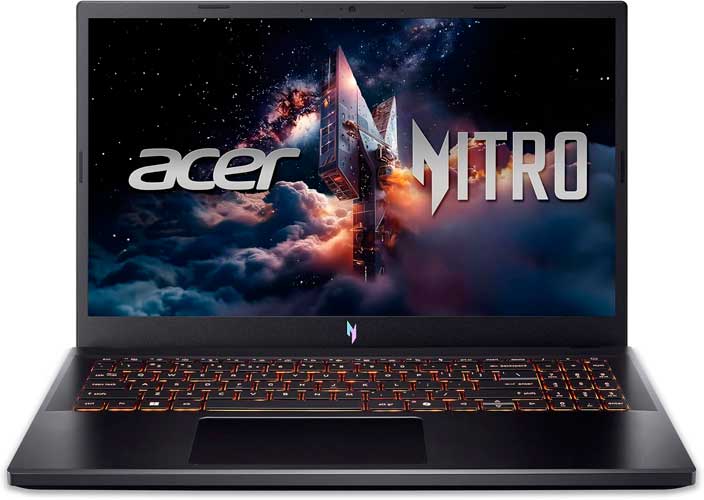
- Acer Nitro V 15 (ANV15-52-76NK, 2025) — ~$949
- Why it fits: Intel Core i7-13620H plus GeForce RTX 4050 (Laptop GPU) delivers a big real-world bump in DaVinci and Premiere—snappier timelines and much faster exports than iGPU-only machines. The 16GB DDR5 and 1TB Gen4 NVMe give you room for cache and media, and the 15.6″ FHD 165Hz IPS panel keeps UI motion fluid.
- Trade-offs: FHD color is serviceable rather than reference-grade; fans get loud under sustained renders; it’s not the most portable chassis.
- I’ve watched RTX-class GPUs shave minutes off 4K exports versus integrated graphics. If you want the best performance under $1000, this is the sweet spot.
Specs highlight: i7-13620H • RTX 4050 • 16GB DDR5 • 1TB Gen4 NVMe • 15.6″ FHD 165Hz • Wi-Fi 6 • Backlit keyboard.
Premium feel under $1K: Dell Inspiron 14 Plus / 16 Plus
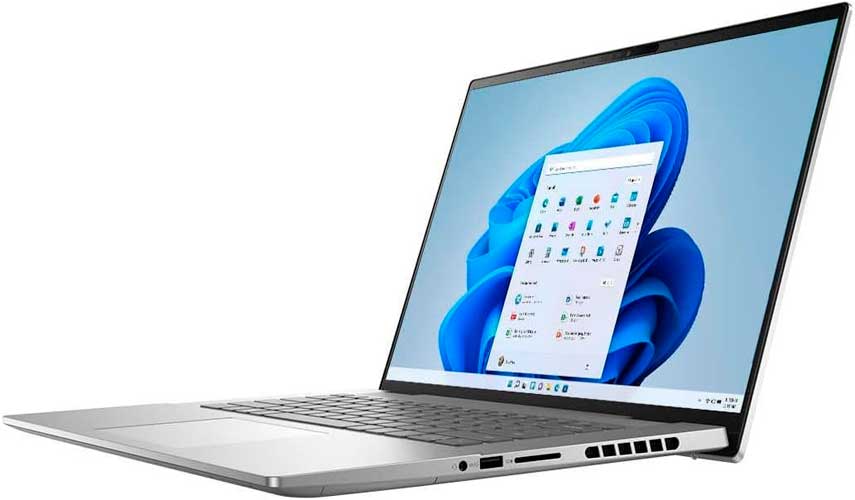
- Dell Inspiron 14 Plus (DB14250, 2025) — ~$999
- Why it fits: Core Ultra 7 + Intel Arc iGPU, 14″ 2.5K OLED, comfortable keyboard.
- Trade-offs: Thermals: it can warm up during long renders; battery is good but not legendary.
OLED on a budget: Lenovo IdeaPad Pro 5i & ASUS Vivobook 16
- Lenovo IdeaPad Pro 5i (2025) — ~$900
- Why it fits: Core Ultra 5 + Arc, 1TB SSD, 2.8K OLED—great for color-focused students and creators.
- Trade-offs: iGPU limits heavy 4K; plan proxies.
- ASUS Vivobook 16 (M1605, 2024/25 refresh) — ~$700
- Why it fits: Ryzen 7 7730U, 16″ FHD+ screen makes timelines comfortable, budget-friendly.
- Trade-offs: Integrated graphics = light editing; plastic chassis.
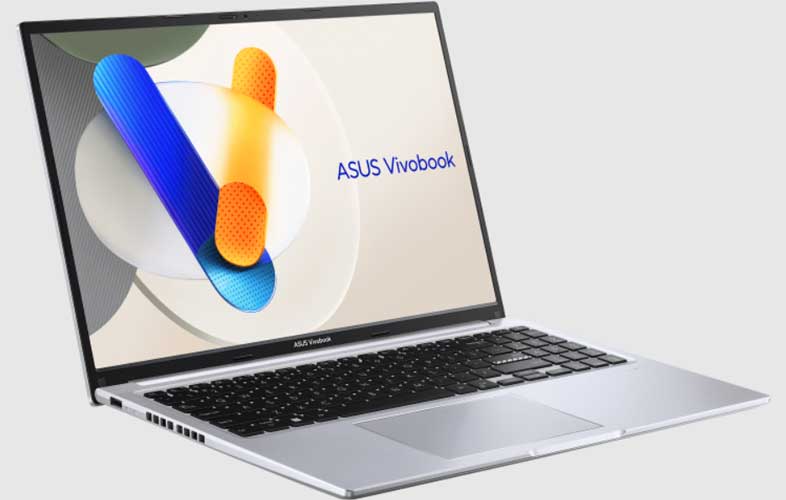
Tip: If your projects are mostly 1080p with a few effects, any of the above will do. If you’re pushing multilayer 4K and heavy grading, consider saving a bit more to jump above $1000 soon.
Premiere vs. DaVinci vs. Final Cut: Which Laptop Fits Your Workflow?
Each NLE stresses hardware differently:
- Final Cut Pro (macOS): Highly optimized for Apple silicon; the MacBook Air shines for portability-first editors who still need reliable exports.
- Premiere Pro (Windows/macOS): Benefits from CUDA (RTX 3050) or strong iGPUs; RAM and fast NVMe make a big difference with multicam and After Effects comps.
- DaVinci Resolve: Loves GPU power for color and noise reduction; an RTX 3050 helps, while Arc/M-series are fine for lighter grades.
Timeline smoothness, proxies, and export times
If your footage is long-GOP 4K (smartphone, mirrorless), proxies can make your laptop feel twice as fast. Keep media and cache on a fast NVMe. A dedicated GPU, even entry-level, cuts export times in Resolve; I’ve watched it shave minutes off simple 4K timelines.
Color accuracy: sRGB vs DCI-P3
An OLED or good IPS panel with strong sRGB (or DCI-P3) is easier to grade on and reduces surprises when you publish. If your screen is basic, use scopes and export test clips.
Real-World Notes from the Field (Battery, Thermals, Fan Noise)
- Battery: Apple silicon leads; many Windows machines deliver a workday with mixed loads, but exports drain fast. For me, long battery life means I can rough-cut a full vlog in a café without hugging a wall socket.
- Thermals & noise: Slim Windows laptops run warm on renders; gaming-lite models (like Nitro) stay faster but louder.
- Storage & offload: 512GB fills up quickly with 4K; an external NVMe SSD over USB-C/Thunderbolt is a must.
- Ports: SD card readers save time; HDMI avoids dongles on client screens.
- Workflow setup (under $1K):
- Create proxies at ingest for 4K.
- Keep cache on the fastest drive.
- Use optimized media for effects; switch to originals for final color.
- Export to H.264/HEVC hardware-accelerated presets unless the delivery requires mezzanine codecs.
Cheap Laptops for Video Editing: When to Spend a Little More
Signs you’ve outgrown your budget machine
- Frequent dropped frames even with proxies.
- 30–40+ minute exports for short videos with mild effects.
- Thermal throttling mid-edit; fans at max constantly.
- Color work feels sluggish; noise reduction is painful.
Smart upgrades vs. full replacement
- Upgrades: Many Windows laptops let you bump RAM/SSD later—start with 16GB/512GB, upgrade when money allows.
- Replace: If your work shifts to heavy 4K, Fusion/After Effects comps, or frequent client deadlines, aim for stronger GPUs (RTX 4060+) or higher-tier Apple silicon.
- When I moved to longer 4K timelines with layered grades, stepping beyond $1000 was the cleanest quality-of-life upgrade.
FAQs: Budget Video Editing Laptops Answered
Are laptops for video editing under 1000 enough for 4K?
Yes—for light 4K with proxies and modest effects. For heavy grading and noise reduction, a stronger GPU or a higher budget helps.
16GB vs 32GB RAM—does it change timeline smoothness?
16GB is fine for 1080p/light 4K. 32GB helps with big projects, multicam, and running After Effects alongside your NLE.
RTX 4050/3050 vs integrated Arc/Radeon for Premiere vs Resolve?
An RTX 4050 brings the most noticeable acceleration for effects and exports under $1K, with the 3050 still a solid step up from iGPU-only. Arc/M-series are fine for light 4K and proxies, but if color/NR/effects matter, pick the RTX option.
Is OLED worth it for beginners?
For grading, yes—colors look excellent. Just mind brightness and potential PWM flicker; IPS with solid sRGB is still a safe bet.
What ports matter most?
USB-C/TB for fast SSDs, HDMI for external monitors, and an SD reader for quick offloads.
Conclusion
Finding laptops for video editing on a budget is absolutely doable in 2025. Prioritize CPU + 16GB RAM + fast NVMe, pick a dGPU (RTX 3050) or a strong iGPU (Arc/M-series), and pay attention to display, ports, and battery. With the picks above, you can cut confidently today and grow into heavier workloads tomorrow.
